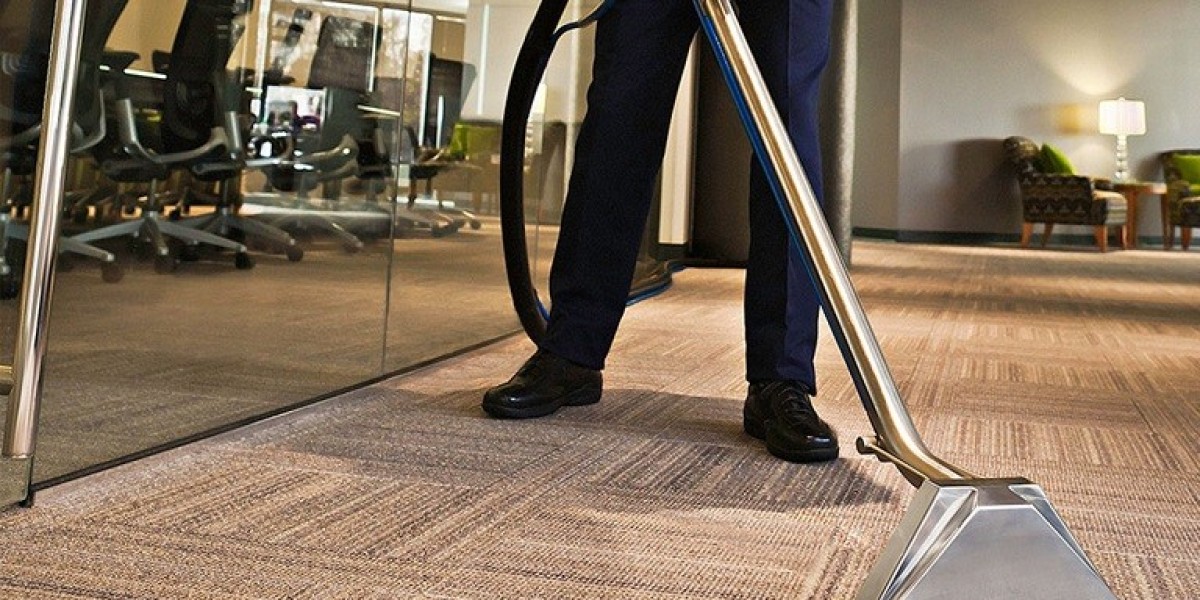Unlock the Secrets to Perfect Outdoor 3D Prints with ASA Filament!
When it comes to outdoor 3D printing, selecting the right filament can make all the difference in the durability and aesthetic of your creations. Among the various options available, ASA filament has emerged as a standout choice for those looking to produce reliable and resilient prints. Known for its exceptional UV resistance and weather durability, ASA filament is specifically designed to withstand the harsh elements that outdoor environments present, making it an ideal material for everything from garden decorations to functional outdoor components. In this article, we'll delve deeper into the properties of ASA filament, explore its advantages over other materials, and provide you with practical tips for ensuring your outdoor prints are not only successful but also long-lasting.

Understanding ASA Filament
ASA, or Acrylonitrile Styrene Acrylate, is a thermoplastic that shares many similarities with ABS (Acrylonitrile Butadiene Styrene) but with enhanced properties that make it particularly suitable for outdoor applications. One of the most notable advantages of ASA filament is its exceptional UV resistance, which prevents degradation of the material when exposed to sunlight over extended periods. Unlike PLA, which can become brittle and lose structural integrity in outdoor conditions, ASA maintains its strength and flexibility, making it a more reliable choice for outdoor projects. Additionally, ASA filament exhibits superior weather durability, withstanding rain, snow, and temperature fluctuations without warping or cracking. Its mechanical properties, including impact resistance and tensile strength, further enhance its suitability for outdoor use, ensuring that your prints can endure the rigors of the environment. Overall, ASA filament represents a significant step forward in outdoor 3D printing materials, combining the best features of ABS with enhancements that make it a go-to choice for enthusiasts.
Why Choose ASA for Outdoor Printing?
The benefits of ASA filament for outdoor printing are numerous, making it an ideal choice for a variety of projects. One of the most compelling reasons to choose ASA is its resilience against environmental factors. Whether it's the blazing sun or torrential rain, ASA's UV stability and waterproof characteristics ensure that your prints remain intact and vibrant. This durability translates to long-lasting prints that can withstand the test of time, allowing you to create functional items like planters, tools, or even art installations without worrying about premature wear and tear. Moreover, ASA's aesthetic qualities cannot be overlooked; it offers a smooth finish and can be easily painted or post-processed to achieve the desired look. Personal experiences shared by friends who have used ASA for their outdoor projects highlight its excellent adhesion and minimal warping, further solidifying its reputation as a top choice among 3D printing enthusiasts. In short, ASA filament not only meets but exceeds the expectations for outdoor applications, combining beauty, strength, and longevity.
Tips for Successful Outdoor 3D Printing with ASA Filament
To maximize the effectiveness of your outdoor 3D printing projects with ASA filament, it’s essential to follow some practical tips. First and foremost, ensure that your printer settings are optimized for ASA. This includes using a heated bed to prevent warping and ensuring that the nozzle temperature is set between 240-260°C, which is ideal for ASA's unique properties. Additionally, consider the environmental conditions during printing; try to avoid windy days or high humidity, as these can affect the print quality. Another crucial tip is to allow for proper cooling during printing. ASA benefits from a cooling period between layers to prevent deformation, so utilizing a cooling fan can be advantageous. Once the printing is complete, post-processing techniques like sanding or applying a protective coating can enhance the durability and appearance of your prints. Sharing anecdotes from friends who have successfully printed with ASA showcases how attention to detail in these areas can significantly impact the final outcome, resulting in prints that not only look great but also stand strong against the elements.
Where to Buy Quality ASA Filament
When it comes to purchasing ASA filament, quality should always be a top priority. Look for suppliers that provide clear information about the filament's specifications, such as its diameter, color options, and any certifications that indicate quality standards. It's also beneficial to read reviews and feedback from other users to gauge the reliability of the supplier. Key indicators of quality include consistent filament diameter, good packaging to prevent moisture absorption, and certifications that ensure the filament is free from harmful additives. By taking these factors into account, you can confidently select ASA filament that will meet your outdoor printing needs and contribute to successful project outcomes.
Final Thoughts on ASA Filament for Outdoor Use
In conclusion, ASA filament stands out as a superior choice for outdoor 3D printing, thanks to its unique properties that ensure durability, resilience, and aesthetic appeal. By understanding the advantages of ASA, employing effective printing techniques, and selecting quality materials, you can create stunning prints that withstand the elements. Whether you're an experienced 3D printing enthusiast or just starting, considering ASA filament for your outdoor projects could be a game-changer. Embrace the potential of ASA and unlock a world of possibilities in your outdoor 3D printing endeavors!








